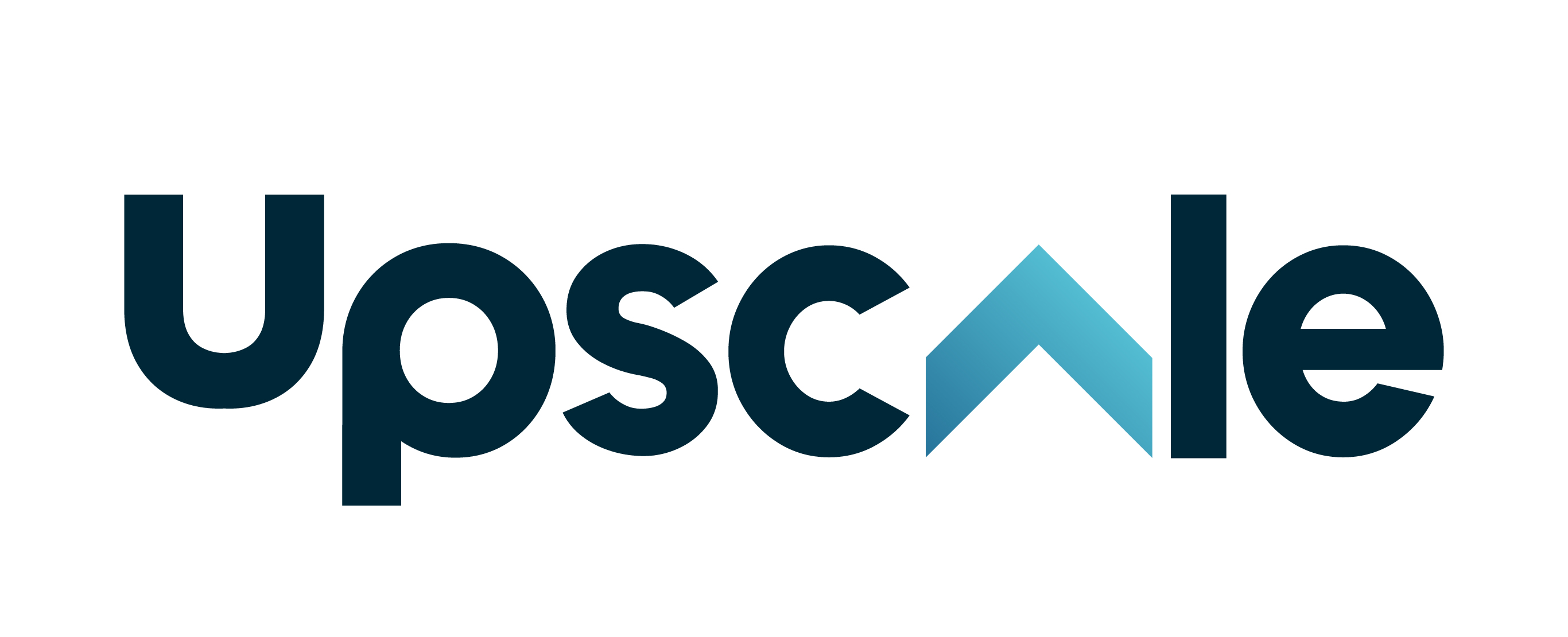Manpower Shortage? Here's How You Should Evolve & Adapt Your Approach to Attract Better Talents As A Company
Tue, 27 Jun 2023

The current global economic landscape has presented organisations with a significant challenge - a manpower shortage. This issue not only impacts the productivity and growth of companies but also necessitates the need to reassess traditional talent acquisition and management practices.
Companies are struggling to find the right talent to keep their businesses running. With a shortage of skilled manpower, companies need to change their approach to attract better talent.
Many have realised that they need to evolve and adapt their approach to hiring if they want to attract the best talent.
In this article, we will explore some of the best ways companies can modify their hiring strategies to attract better talent.
What is the Current Manpower Shortage Situation?
The current manpower shortage situation is a significant challenge for many companies across various industries. It refers to the lack of available and qualified candidates to fill job vacancies.
The shortage is primarily due to demographic changes, such as an ageing population, declining birth rates, and a mismatch in skills and qualifications between job seekers and job requirements.
The situation has become more pronounced in recent years, even after the COVID-19 pandemic. As a result, industries requiring skilled workers, such as healthcare, technology, and logistics, struggle to find suitable candidates.
The impact of the manpower shortage is not limited to individual companies. It can also affect economic growth, innovation, and competitiveness in the long run.
The Need to Adapt & Evolve Your Company's Approach to Attract Better Talents
In light of the ongoing labour market challenges, organisations must reassess and refine their strategies to draw in highly skilled professionals successfully.
Company Culture
Establishing a Positive Working Environment
In today's highly competitive job market, companies must prioritise creating a supportive atmosphere that encourages growth and development while fostering a sense of belonging among employees. A positive work environment not only improves employee morale but also contributes to better retention rates and overall business success.
Promoting open communication channels can increase trust between employees and management while encouraging teamwork and collaboration helps build strong relationships among team members.
Additionally, organisations prioritising employee well-being by enabling them to maintain a healthy balance between their personal lives will be seen as more attractive employers.
Supporting employee well-being through initiatives like flexible schedules, mental health resources, or wellness programs fosters work-life balance, contributing to overall happiness at work.
Recognising achievements through rewards or recognition and offering benefits and perks that enhance the quality of life - such as healthcare coverage or professional development opportunities - demonstrates a company's commitment to its employees' well-being in the short-term and their long-term career goals.
The Importance of Flexibility & Diversity in Company Culture
Embracing flexibility and diversity within an organisation's culture is crucial in attracting a broader spectrum of potential employees and enhancing employee retention rates, thereby positioning the company as a progressive employer of choice.
To create a more diverse and flexible culture, organisations should implement strategies such as providing regular opportunities for feedback, promoting work-life balance through supportive policies, and offering professional development opportunities for career growth and advancement.
Fostering an environment where employees feel valued by encouraging open communication channels builds trust within the workplace while simultaneously contributing to increased productivity levels. In addition, demonstrating transparency in decision-making processes ensures that employees feel valued and involved in the company's progress.
Creating an Inclusive Employee Experience Program that Appeals to Prospective Employees
To achieve this, companies must begin by assessing their current culture and identifying areas where diversity and inclusion can be improved.
This process should involve gathering data on workplace demographics, conducting anonymous surveys on employee experiences, and engaging in open conversations about diversity challenges within the organisation. By understanding the existing gaps in inclusivity, employers can create targeted interventions that bolster diversity initiatives while attracting top talent.
Companies must also incentivise inclusive behaviour by recognising and rewarding employees who demonstrate it in the workplace. Establishing a clear zero-tolerance policy for discriminatory behaviour sends a strong message about the company's commitment to equality and inclusivity.
In addition, creating resource groups and internal support systems for underrepresented groups provides these employees with safe spaces and fosters increased collaboration among team members from different backgrounds.
Skill Sets
Identifying necessary skills for specific projects for overall company growth and as a means to facilitate career advancement are all essential components of attracting and retaining top talent.
A survey by Glint as of June 2020 found that 97% of employees desire to increase or maintain their learning time. This shows that employees are hungry for professional growth opportunities.
Identifying Necessary Skill Sets for Your Project/Company
A crucial aspect of addressing staffing challenges and securing top-notch professionals for your organisation involves accurately pinpointing the essential skill sets needed for successful project execution and company growth.
This entails conducting a thorough analysis of job roles, responsibilities, and required qualifications to establish a clear understanding of the critical competencies that align with the overall goals and objectives of the company.
Employers can better tailor their recruitment efforts towards attracting highly skilled candidates with the desired expertise by identifying the specific abilities, knowledge, and technical skills necessary to perform daily tasks effectively and meet business targets.
To ensure that potential hires are equipped with these vital competencies, organisations should develop strategies to assess candidate suitability during interviews.
Employing behavioural and situational questions enables hiring managers to evaluate how applicants have previously demonstrated their proficiency in areas relevant to the position they are applying for.
Additionally, incorporating practical assessments or role-specific tests into the interview process can further verify an individual's technical aptitude.
Offering Professional Development Opportunities & Training Programs
The benefits of offering professional development programs extend to both employees and the organisation as a whole.
For employees, these programs provide an avenue for skills enhancement and career progression, establishing a sense of purpose and direction within their roles. In turn, this leads to increased motivation and productivity levels that directly contribute to overall business growth.
To start, evaluate your team's skills and knowledge gaps and identify areas where training is needed. Then, create a training program that addresses these needs and offers opportunities for employees to learn new skills.
Offering professional development opportunities and training programs can also demonstrate to potential candidates that you prioritise employee development and value their growth within the company. This can be a significant selling point for candidates looking for a company that invests in their long-term success.
When employees have the skills and knowledge to perform their job duties at a high level, they can work more effectively and efficiently, leading to improved results for the company.
Offering Education Fee Reimbursement as a Tool for Career Growth and Advancement
By supporting employees' pursuit of higher education or certification programs, companies demonstrate their commitment to fostering a culture of continuous learning and professional development.
This investment in human capital helps employees enhance their skills and knowledge base. It equips them with the necessary tools to excel in their roles and contribute more effectively to the organisation's goals.
In order to effectively use education fee reimbursement as a tool for attracting better talent, the company needs to have a clear and well-defined policy on how to offer this benefit.
They should also communicate this benefit to potential employees during the recruitment to attract suitable candidates. This includes the skills and qualifications needed to qualify for the benefit, how much you will reimburse, and how long it will take for employees to receive the reimbursement.
Finally, they must ensure that the education fee reimbursement program is fair and accessible to all employees regardless of their position or tenure in the company.
Flexible Schedules
Understanding the Benefits of Flexible Work Schedules on Employee Retention Rates
Flexible work schedules contribute significantly to employee retention rates by addressing individual needs and preferences, ultimately leading to increased satisfaction, productivity, and loyalty within the workforce.
Various flexible work arrangements exist, including compressed work weeks, flextime, job sharing, and telecommuting. These options allow employees to customise their work schedules according to personal circumstances and preferences while maintaining their commitment to the organisation.
A report by Global Workplace Analytics found that 95% of surveyed employers believed flexible work options had a notable effect on keeping employees.
The benefits of such arrangements are numerous: reduced commuting time and expenses; improved work-life balance; enhanced focus on results rather than hours spent at the office; and a greater sense of autonomy and control over one's professional life.
Implementing Strategies to Accommodate Flexibility & Remote Work Opportunities
To reap these benefits, organisations can develop formal policies outlining eligibility criteria for different types of flexible work schedules and guidelines for requesting accommodations or modifications.
Companies should begin by identifying job positions that are conducive to remote work arrangements and establishing clear guidelines for such roles.
Additionally, providing technological support for remote workers—such as secure access to company networks or collaboration tools—can further facilitate seamless communication among team members irrespective of location or schedule variations.
Establish explicit communication protocols and collaboration strategies that promote teamwork and engagement among all team members. In addition, incorporating flexible scheduling options such as reduced work hours or compressed work weeks will enable employees to balance their professional and personal lives better while remaining productive in their jobs.
Finally, monitoring the performance of remote employees can provide valuable insights into areas requiring further refinement or adjustment to optimise overall productivity levels within the organisation.
Access to Child Care Services & Responsibilities as a Company
Childcare assistance contributes to a more inclusive work environment, attracting top talent from diverse backgrounds and experiences.
Many employees, especially working parents, struggle with finding reliable and affordable childcare options. By offering child care services, you can alleviate some of the stress and burden on your employees, making your company a more attractive workplace.
Studies have shown that companies that provide support for working parents are perceived as more attractive employers, leading to an increased ability to recruit and retain high-quality employees.
There are several potential solutions companies can consider when addressing this issue, such as partnering with local childcare facilities or offering on-site childcare services. Other options may include financial assistance programs for families seeking outside childcare options or implementing family-friendly policies such as flexible work arrangements or paid parental leave.
In addition, you can also offer parental leave policies that go beyond the minimum legal requirements. But, again, this shows that you value and support your employees' families and are willing to invest in their well-being.
Conclusion
The current manpower shortage situation necessitates a reevaluation of strategies employed by companies in attracting and retaining top talent.
By fostering a positive company culture, valuing diverse skill sets, offering flexible schedules, and addressing childcare services and responsibilities, organisations can adapt their approaches to navigate through this challenge effectively.
Ultimately, companies must evolve their methods to attract better talents and remain competitive in today's rapidly changing workforce landscape.
At Upscale, we are committed to helping companies develop and implement sustainable, practical strategies for addressing their talent needs.
Contact us today at www.upscale.my for a free consultation, and let’s get started!
